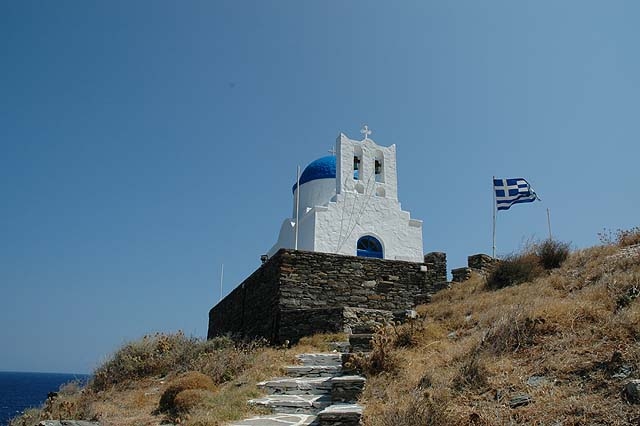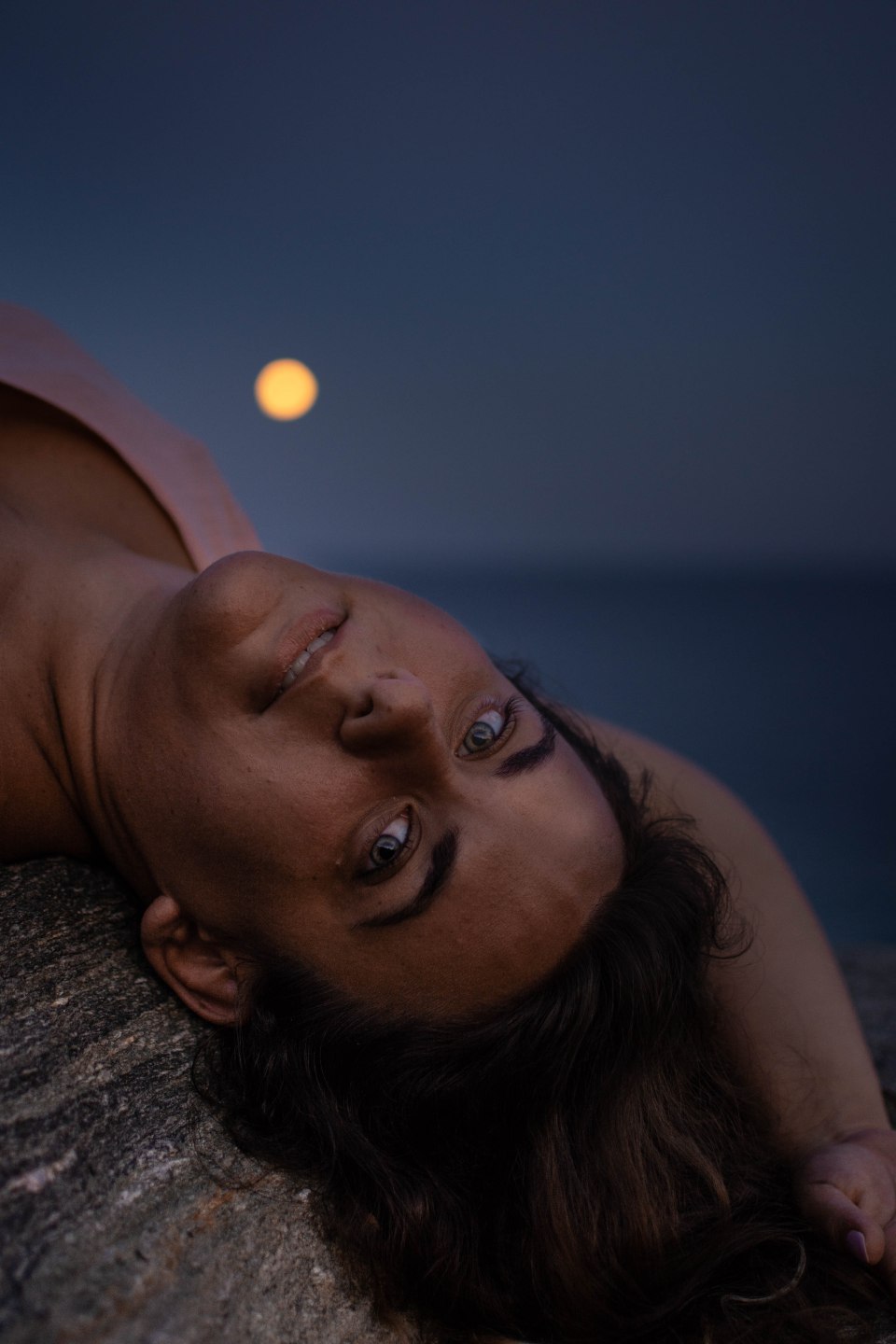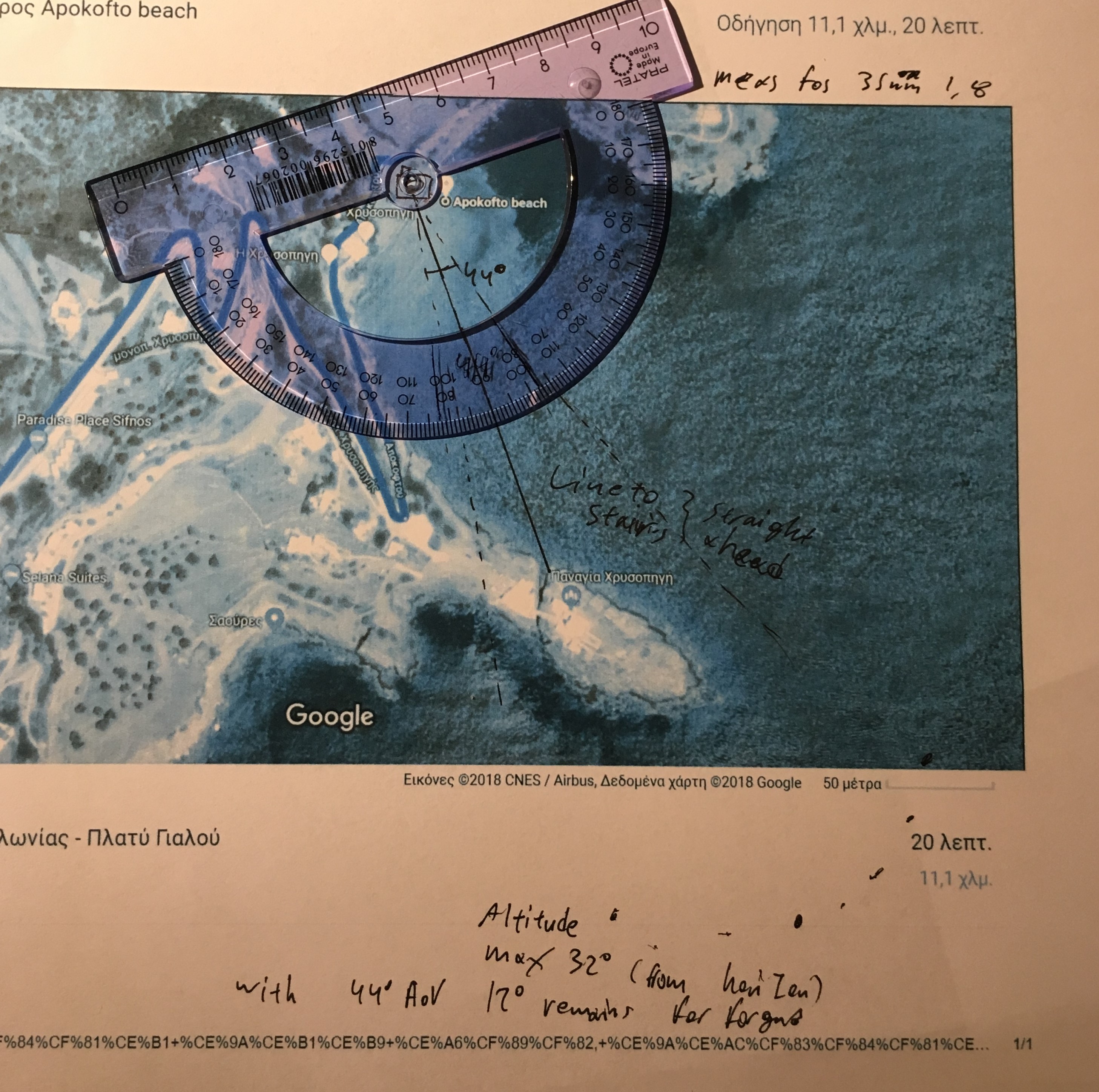Prepping for a Lunar Eclipse
Just a week before my trip to Sifnos I discovered that a Total Lunar eclipse would take place on my second day there. So I planed to take a picture. Or two. Probably around 40. You will see how I got to this number, how I planned this shoot and how everything was thrown away.
However the research and tools used may prove useful to other people.
All pictures in this post are mine unless noted otherwise.
So, the eclipse was on July 27, 2018 from 21.30 to 24.30 UTC+3.
Total Lunar eclipses are also called Blood Moons because of the Reddish tinge the full moon takes on when fully eclipsed. Additionally the moon will be at its apogee, which is the farthest point of its orbit from the earth. This means that the moon will be kinda smaller than usual.
In order to capture this one time event with this unique combination of variables a plan must be employed.
Why a plan?
Isn’t photography a thing you do for the joy of it? Why don’t you just go out and do it?
Photography is a process and processes when carried out by humans need to be practiced.
I don’t think Serena Williams goes out on the court and wing the racket with so much success without having perfected all her moves beforehand and even adjust her tactics on every match.
So no, you can’t just go out and do it just because you have a camera. Especially when working with constraints.
Same goes for everything. Practice and preparation are the only thing that make perfect.
Location
When you say to the group of friends that you are visiting a Greek island with, that you plan to spend almost the entirety of the Saturday night on taking pictures of the night sky they wont be as excited as you.
You could go alone to take pictures of landscapes in the middle of the night. That does not mean it is a good idea though. Even if you don’t see your self missing a step in the night at a bad location, thieves love to steal from tourists especially when those tourists carry big black cameras.
Some of my friends are photography and astronomy aficionados. So there could be a following but even these guys don’t want to fuck around behind a dude that runs around testing locations.
Things to consider:
1. Where is my moon
Here is the data from the very useful MoonCalc.org website.

There you can also find the moon elevation angle for the particular location. That gives the angle between the surface and the moon with the location as the origin point. This will be useful.
As we can observe the moon will be better portrayed from a location at the South-East of the island. Another thing to keep in mind, is that the moon alone cannot be the only subject. I have neither the equipment or the interest to get the moon to look interesting in solitude. So we need a foreground.
2. Foreground
Epta Martyres - Sifnos Castle
I’ve been to Sifnos once before. I’ve been on the internet too. The small church of the Seven Martyrs is one of the islands most beautiful attractions.

However this small church looks great from above and to shoot for the moon you need to look up (pun intended).

From a lower angle this is the best one can do. But it obstructs almost everything in the desired direction and the interesting part of the image is gone. One must stand on a high point in the middle of the water to succeed. This can only happen with a high image quality drone or a boat. Even if you found a drone like that, the things you have to do to fly it legally in this situation need at least a month of preparation. But you don’t care about that. What you care about is that the location is busted. !

Panagia Chrysopigi
Beaten by the above realization I researched Sifnos some more and shought out for the place where people go to get hitched. These locations are most of the times pretty photogenic. I was not disappointed. The church of Panagia Chrysopigi was like it was designed for moon watching. Just look at that image!

The stairs form a leading line to the church and there is enough space to watch the moon get some of that eclipse action
At this point I must note that I am not a church hunter but it seems appropriate on an island with 350 of them churches.
Also there is a tavern on the beach nearby so food and alcohol can join the game.
Gear
Camera gear is usually beneath me. In that case though I found some really convenient things.
I have two cameras available.
- Nikon D7100
- Sony RX100 II
These days I use almost exclusively the RX100. So much that I sold all my Canon DSLR gear. It is awesome and fits in my pocket. This could be the camera for this shoot as there will be a tripod and I won’t have to worry about high ISO performance.
Though the Nikon recently found its way in my hands. It has a very highly praised sensor and an integrated intervalometer. It is considerably heavier but the intervalometer won me over.
I have the following lenses for the Nikon:
- Nikon 35mm f1.8 DX
- Nikon 18-140mm f3.5-5.6
Nikon 35mm is the better lens and while 18-140 is convenient, it is crappy quality wise and heavy. With a viewing angle of 44° the 35mm might be suitable for that.
I tried to find an easy way to visualize this on software but it proved annoyingly difficult. If anyone knows how to draw precise angles on Photoshop or other free/cheaply priced software, contact me.
Using my low tech tools for simulating the view:
We can see the camera positioned so that a straight line can be formed using the stairs. The dots at the lower right represent the positions of the moon taking into consideration the altitude angle of the moon.
The moon will have a maximum altitude angle of 32°. With a 44° angle lens we should be safe to capture the event in its entirety without moving the camera with some reservations for the short dimention of the frame (assuming the orientation of the camera is set to landscape).
Yawing the camera to the left we get the church. and almost all the dots. The pitch angle will be adjusted on site and will frankly be the only thing to be messed around at shooting time.
Composition
So far we have not talked the most important thing of all. Composition.
Documenting that a Lunar Eclipse happened is a job for scientists of the field. For me it has to be something interesting and beautiful.
I researched images of lunar eclipses and while I’d love to do something like the one bellow, the moon will be much smaller.

Another option is this making a trail. This is quite a leap from my style of picture taking and again it is plainly documenting the event. Also it would require quite a bit of post processing which I am not a big fan of.

However I decided to do that and just select the most epic of the pictures. I decided to use the lazy approache where I would set the camera on the tripod with the intervalometer taking a picture every 5 minutes while I drink ouzo with the gang on the beach. The result will be around 40 pictures to choose from.
On site
We arrived on site about an hour earlier. I still had not thought of any composition except the post-card-like church with the moon over it. I was not very fond of it though as the moon was to be small and might loose its significance.
I was all about portraits of friends these days especially of my friend Eva and her beautiful eyes.
So when the moon creeped in and Eva asked for a portrait I throwed away my so so composition and we pretty fast made this one just before the blue sky was gone. I am probably making a print out of this one.

Conclusions
After that I tried to make the shot I originally planned. However I didn’t quite like that picture so it will never see the light of the world wide web.
Does this mean the plan was a total waste of time?
Personally I don’t believe it was. It helped me have the right lens and be on the perfect location at the right time.
The final result was not something I anticipated days before shooting but we got there fast with no camera fidling. A fun experience for everyone involved.
So the takeout is: Plan but don’t obsess.
